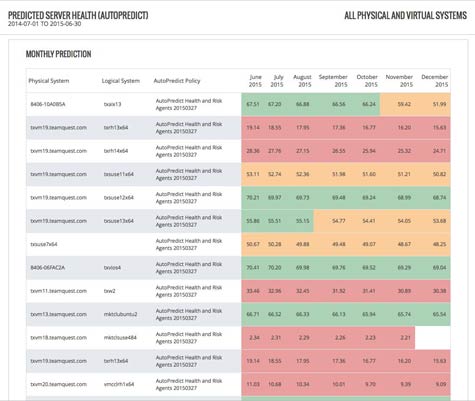Capacity planning can be a vexing issue for most IT organizations because getting it wrong has an adverse effect on application performance that just about everybody in the organization notices. The challenge, however, is that in order to make use of capacity planning software, IT organizations have to collect a fair amount of data. Now TeamQuest is making it simpler to apply capacity planning analytics software against data that IT organizations have already collected.
The latest version of TeamQuest Performance Software enables IT organizations to pull data from IBM Tivoli and HP performance data sources as well as invoke application programming interfaces (APIs) to gather data from Amazon Web Services (AWS environments. Finally, TeamQuest with this release is also adding support for the Ubuntu distribution of Linux from Canonical.
Wyndham Sellers, principal product manager for TeamQuest, says that, previously, TeamQuest would have required IT organizations to deploy the company’s data collection tools. IT organizations, says Sellers, can still opt to do that if they want, but by making use of existing data sources, TeamQuest is reducing both the cost and time to value associated with deploying its capacity planning software.
While most mainframe customers are familiar with capacity planning tools, Sellers says capacity planning in x86 environments is something of a lost art. But now that the number of virtual machines running on any given x86 server has a direct impact on all the applications deployed on that server, IT organizations that make extensive use of virtualization are increasingly running into capacity planning issues.
The end goal, of course, is to make use of advanced analytics in a way that takes all the guesswork out of capacity planning in the first place. After all, any best guess that is ever made is never going to nearly as good as a certainty.




